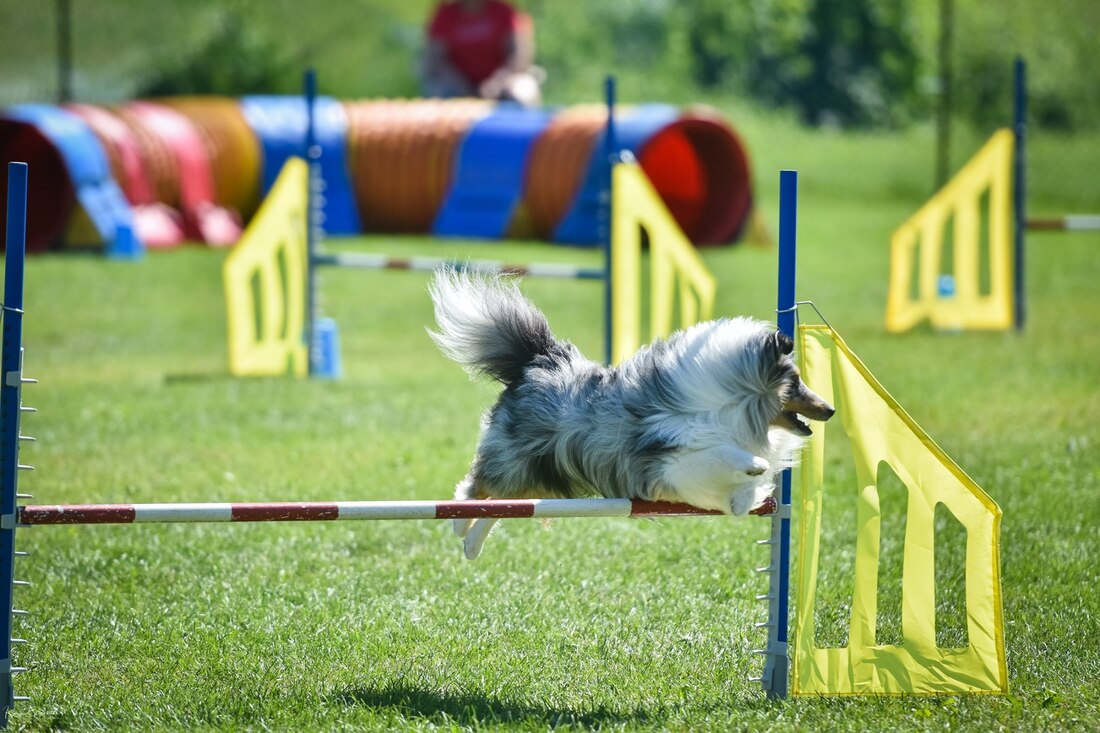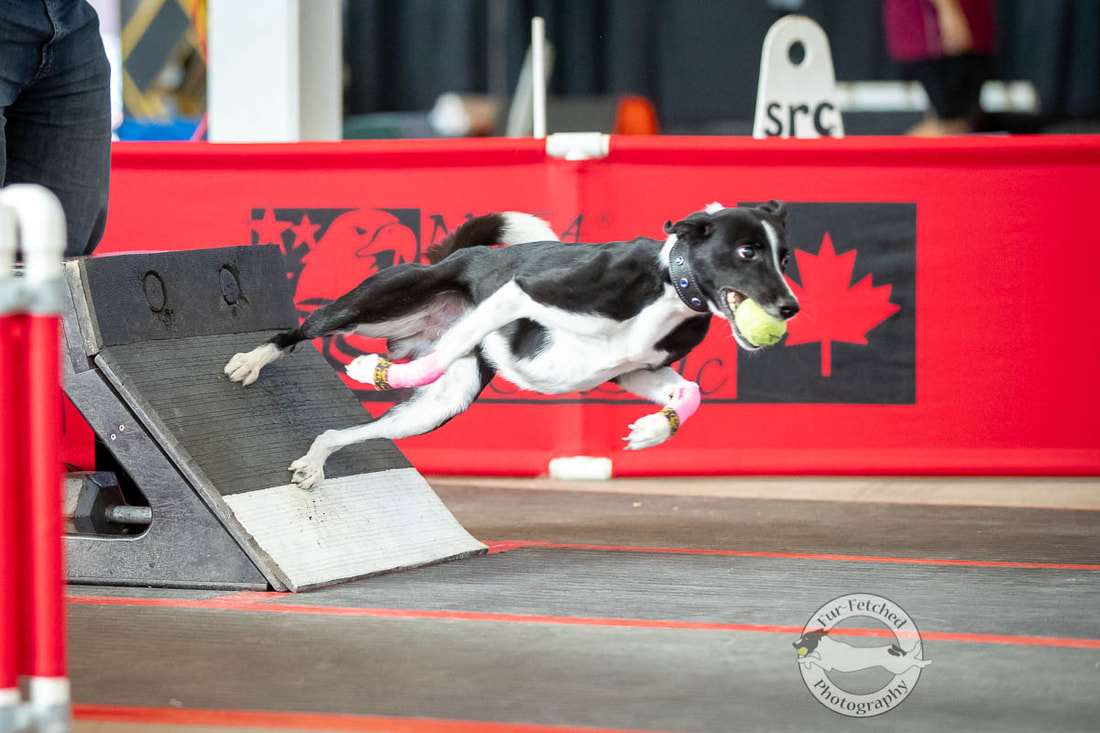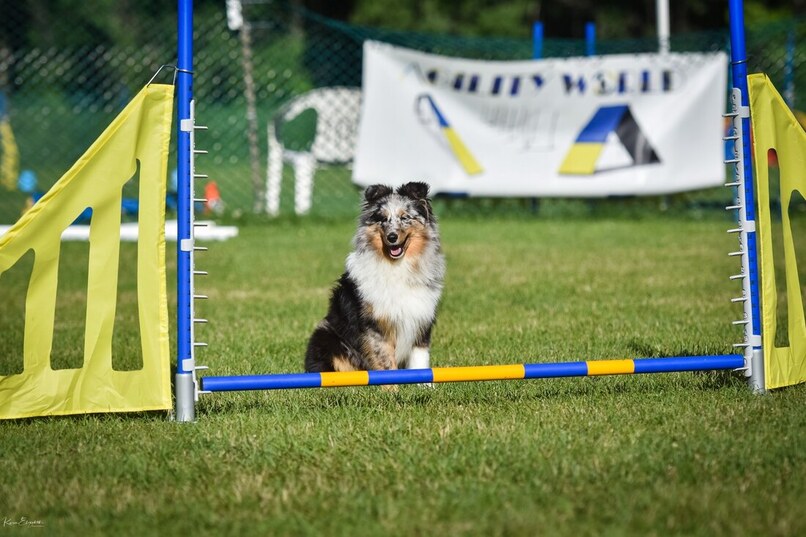|
As owners and trainers we're highly attuned to the movement of our dog's tail. But have you ever really looked at your dog's tail? Chance are, in the middle of a sport performance the last thing your doing is looking at your dog's tail but you may be surprised to see just how big of a role it plays! It's easy to forget that our dog's tail is a vital part of our dog's sport performance and everyday life. Our dog's have an extra appendage that is highly flexible and capable of complex movements to convey information and complete challenging physical movements. Put simply, our dog's tail is an important physical and emotional part of their body. In this week's blog we'll take a look at how the tail helps a sporting performance and the potential ways a tail can be injured.
0 Comments
I see a wide variety of sporting dogs and their handlers come through my clinic doors each year looking to improve their dog's physical capabilities. Each dog is unique and whether it is helping a dog recover from an injury or developing a preventive game plan to maximize their sport potential, it is SO rewarding to help each of them work towards their individual goals. But if there is one sport that is under-represented in my as well as my fellow canine physio colleagues clinics is the flyball dog. Flyball is an intense sport and this week we're going to take a deep dive into the physical demands that flyball asks of our dogs, the potential injuries we may see, and explore how conditioning can help improve performance and reduce the risk of injury in these amazing athletes.
We ask a lot of our sporting dogs so as owners we also have to do a lot of groundwork to prepare them for the physical challenges they'll face. Think of an agility run and the types of physical demands we place on our dogs. As trainers, we'll often drill our dogs on contacts, weave performance, and distance work but how often are we dedicating time to jumping form? In a single agility run the jump is the most common piece of equipment your dog will see. Think of how many jumps they might complete over a two day competition? The reality is we often take advantage of our dog's natural ability to jump and can neglect to put in the same amount of training for the jump performance as we do for their weave or contact performance. This week, I break down the complex topic of jumping!
|
AuthorCarolyn McIntyre Archives
June 2024
Categories
All
|




 RSS Feed
RSS Feed